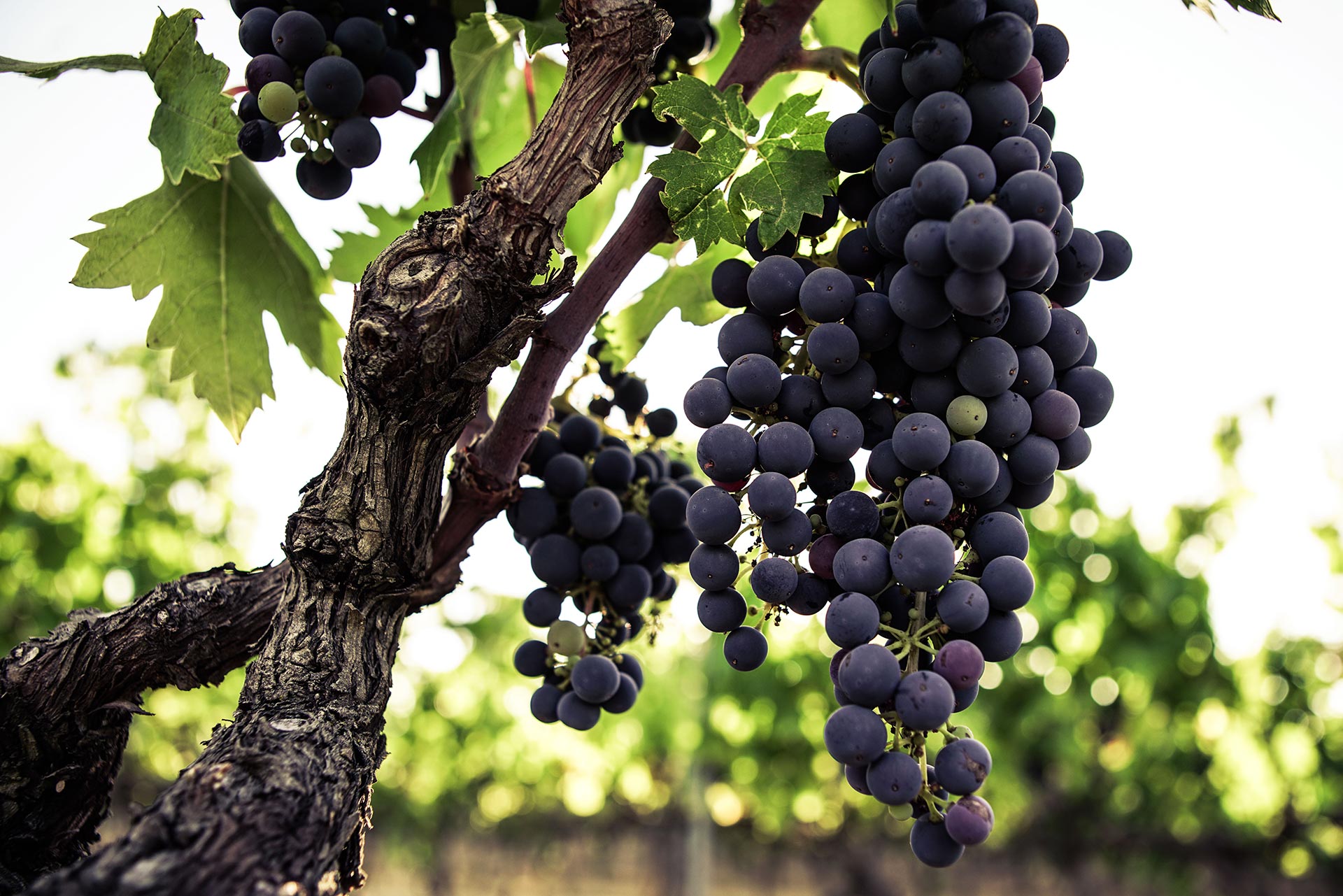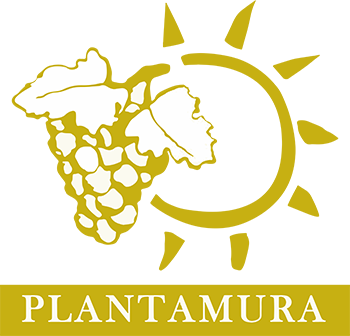The primitive wine
The cultivation of vines and the production of wine in the territory of Gioia del Colle were already very active between the VIII and III sec. B.C. This is proven by many discoveries of vascular material (aimed to contain the wine) in the archaeological site of Monte Sannace, an ancient Peucetian center, just a few kilometers from Gioia del Colle. Some artefacts can be admired in the archaeological museum located in the Normanno-Svevo castle built by emperor Frederik II of Swabia in Gioia del Colle.
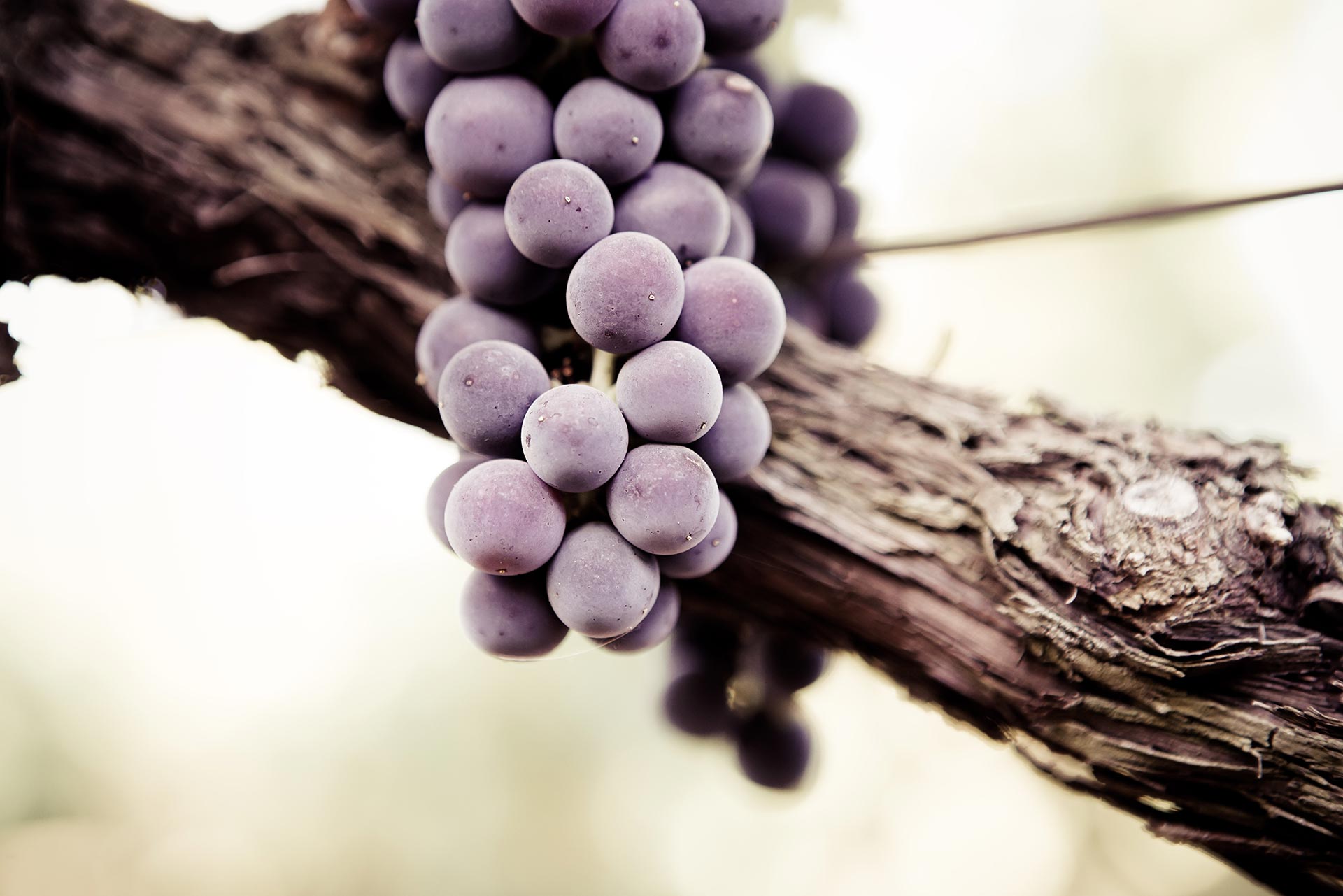
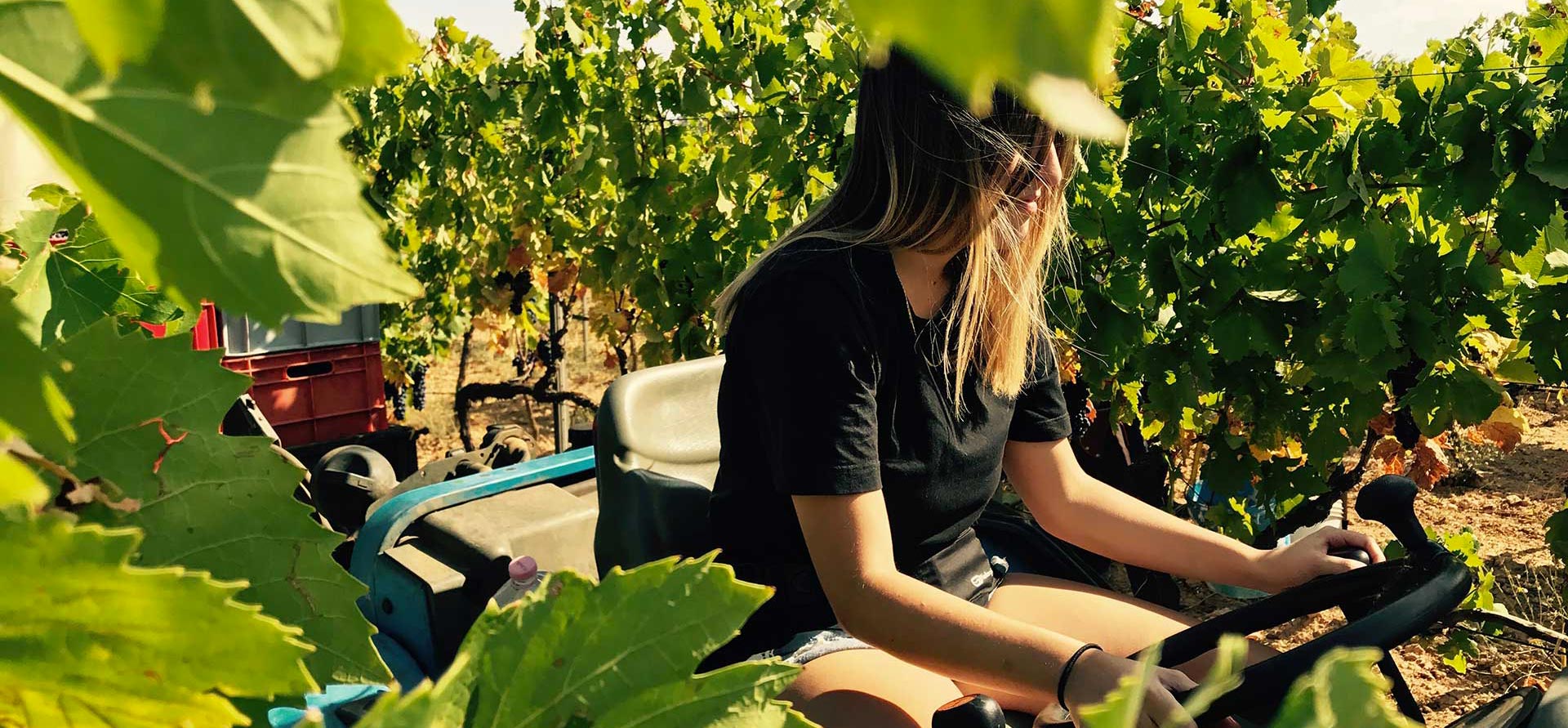
The Primitivo grape
At the end of the 18th century, the primicerius priest Filippo Francesco Indellicati selected an early ripening vine variety called “Primativo” that he planted in Liponti in the Terzi district of Gioia del Colle.
Even today, precisely in this country, we have a sapling vineyard grown according to the old tradition.
The main feature of the “primitive” vine is that it germinates with considerable delay compared to other vines and completes its vegetative cycle in a relatively short time.
Such features explain the rapid spread of the primitive vines throughout the hilly area called “Murgia,” where both the humidity and the vernal temperature contribute to originate frequent frosts, which damage the vines to germinate properly.
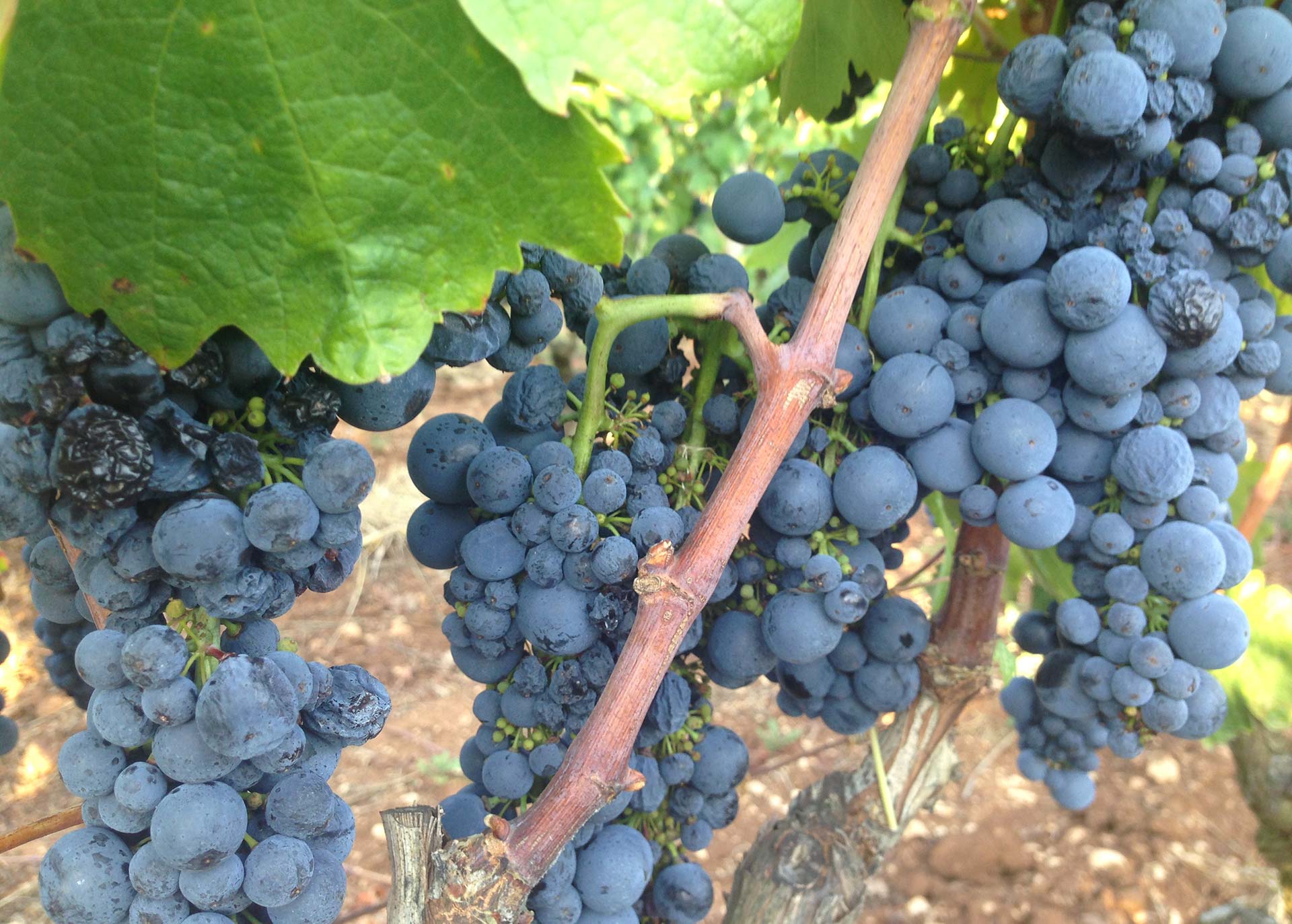
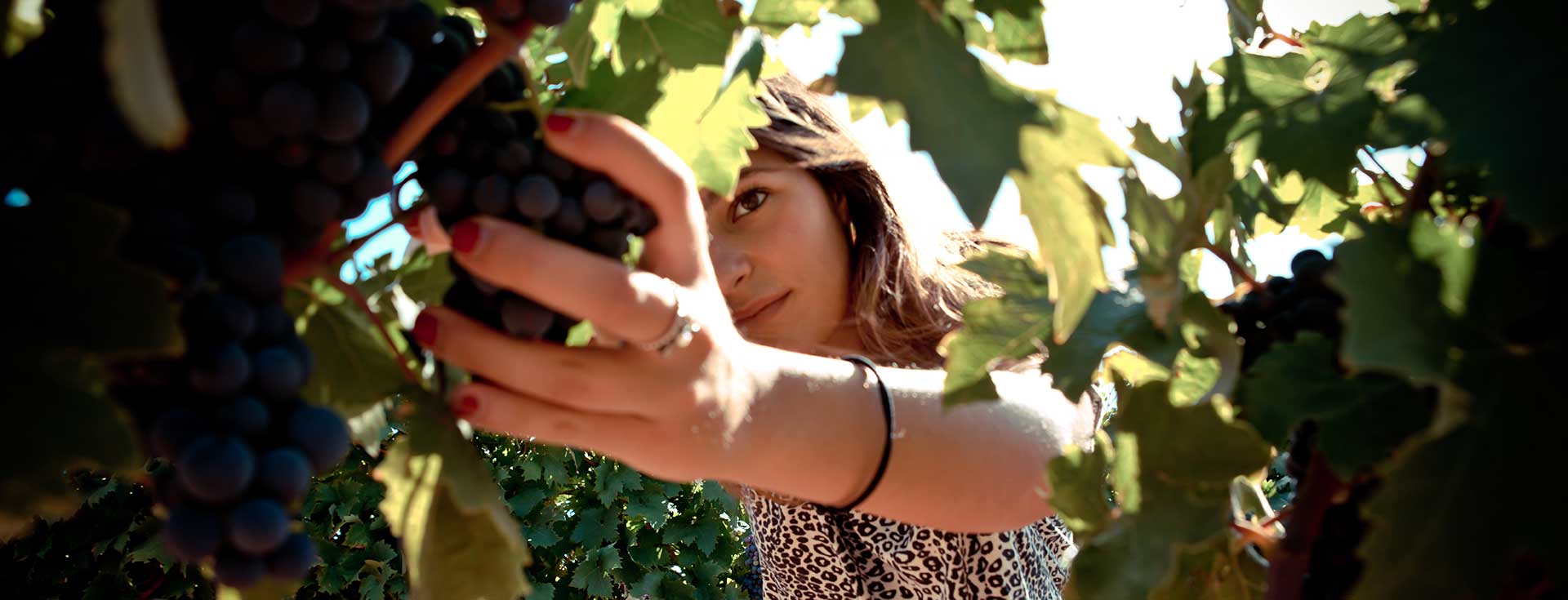
The name
The Primitivo name was given because of its early ripening which takes place between the end of August and the beginning of September. This feature also avoids damage caused by frequent hoar-frosts and autumn rains.
